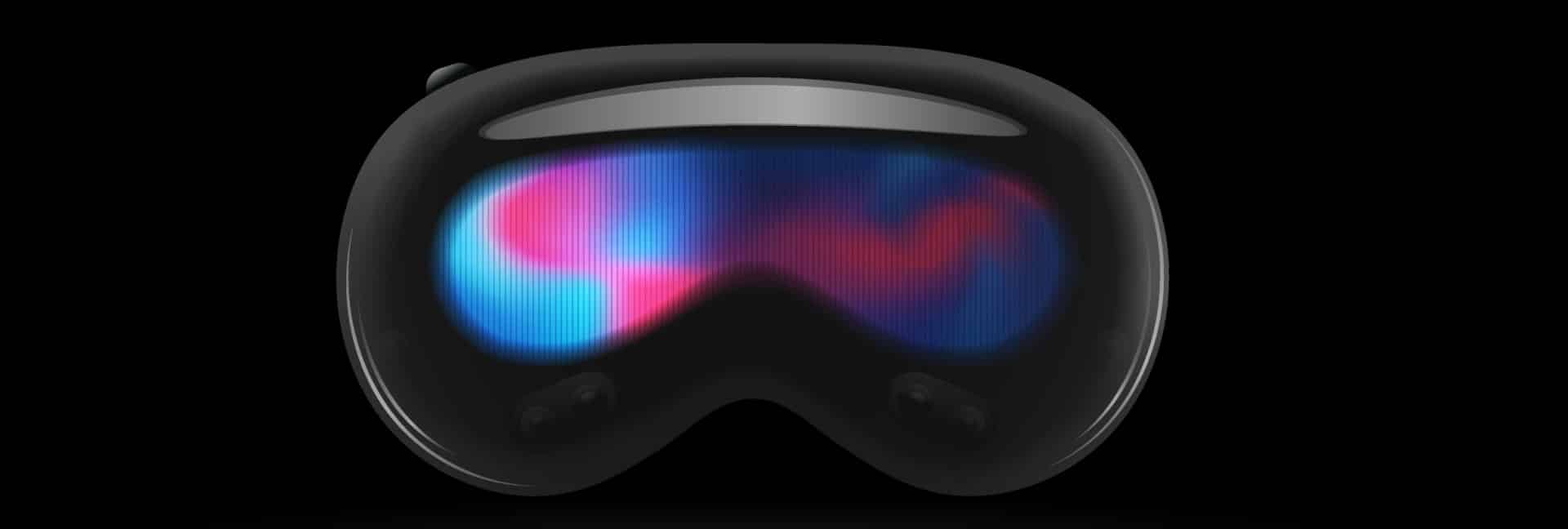According to The JoongAng, a South Korean newspaper, Samsung plans to officially announce an XR headset next year, with a limited December 2024 launch. The initial release of the new headset will be limited to 30,000 units.
Although Samsung has produced VR headsets in the past, this will be the first standalone device and the first to feature extended-reality capabilities.
The new headset will feature a new Google operating system and a chipset more powerful than the Snapdragon XR2 Gen 2, which featured in the Quest 3. Qualcomm is developing the new chipset. Samsung’s new headset will also include OLED microdisplays thanks to the company’s recent acquisition of American display manufacturer eMagin.
The partnerships involved in the production of the headset and Samsung’s previous entries into the world of VR hint that this could be something exciting. Let’s take a look at what we know so far.
A Quick Recap On Samsung’s VR History
In 2014, Samsung worked with Oculus to produce a smartphone-based headset called the VR. It launched in August 2015 and connected via USB-C to a range of flagship Samsung phones, including devices the Galaxy and Note series.
There were over five million units of the Gear VR sold until it was discontinued in 2017. In 2020, Samsung pulled the plug on support for the device. The main criticism users had about the headset was that it quickly drained their phone battery.
Soon after the Gear VR was discontinued, Samsung launched its Windows PC VR headset, Odyssey. A year later, a successor called the Odyssey+ was released. Both of the Samsung PC VR headsets included the same OLED displays as the HTC Vive Pro and Oculus Quest. A patent was granted in China for Samsung’s follow-up, but nothing ever emerged,
Neither of Samsung’s previous VR ranges achieved the success the company or their partners had expected. This could be due, in part, to the infancy of the market, but neither the Gear nor Odyssey were standalone devices.
Now, after Meta’s successes with the Quest range and Apple’s commitment to enter the market, Samsung has returned with Google to produce a standalone headset.
Samsung Has Acquired eMargin
Back in May, Samsung strengthened its position in the growing VR industry by acquiring the U.S. OLED microdisplay company eMargin.
eMargin was founded in 2001 and has been creating OLED head-mounted displays, which have been used in VR, aircraft helmets, thermal scopes, heads-up display systems, night vision goggles and more.
Samsung bought all of the eMargin common stock on a diluted basis at a rate of $2.08 per share in cash. The total cost was $218 million. The purpose of the acquisition was to strengthen the company’s XR-related business.
When the Apple Vision Pro is launched next year, it will feature OLED microdisplays. While Meta is reportedly exploring their options to offer this technology in future headsets, Apple will set a new standard at the consumer level. This will put Samsung in direct competition as it will give their headsets the same high resolution as Apple without compromising on the headset’s size and weight.
Qualcomm Could Provide New Chip
While Qualcomm chips power many of the leading headsets available today, it’s reported that the new Samsung device could feature the next generation of chipsets.
It’s believed that Qualcomm is about to announce its next XR chip early next year. This new chip is designed to go up against the Apple Vision Pro and will be used to power competitor devices like devices from Samsung and LG.
Although Qualcomm has only recently released the Snapdragon XR2 Gen 2, the new chip will be even more powerful.
The Headset Is a Google and Samsung Partnership
At February’s Samsung Unpacked event, there was talk of extended reality hardware, which Samsung was making in partnership with both Google and Qualcomm. However, the primary focus of the event was on the Samsung Galaxy S23 Ultra. The announcement stated that Google would produce a new variant of Android which would feature on the device.
Back in May, at the Google I/O conference, it was announced that there would be more news on the Samsung and Google partnership later in the year, however, both Google and Samsung hosted hardware events in October, and there were no further announcements.
Samsung Headset Delays: A Timeline
Much of the radio silence about the launch is possibly due to Samsung changing its plans in response to the upcoming Apple launch.
Last December, ETNEWS in South Korea reported that Samsung had already built the headset prototype, and production was being trialled. Developers were expected to receive samples this year. They did not.
In July, SBS Biz, a South Korean news outlet, reported that Samsung had decided to delay production and redesign the headset. This was in direct response to Apple’s unveiling of the Vision Pro. This suggests that Samsung had potentially underestimated the quality and specs of the Apple headset.
Then, in August, a Chinese news outlet reported the specs for the original prototype and shared images. The article was retracted just days later. A few weeks later, Maeli Business Newspaper in South Korea indicated that the Samsung headset could cost around $2,000.
This Could Prompt Something Exciting
Back when Google was first developing Android, it had planned to create more of a Blackberry-style system. That was until Google saw the Apple iPhone.
After Steve Jobs introduced the first iPhone back in 2007, Google went back to the drawing board and created a multitouch interface. What followed was a strong connection between Samsung and Google, driving advancements in both tech and operating systems.
If the leaked and later retracted specs and images shared in August by VRTUOLUO in China are anything to go by, the original plans for the headset were not earth-shattering. Seeing what Apple has in store looks to have prompted further attempts at innovation from Samsung, and we may see something quite new and exciting yet. Watch this space for updates.







